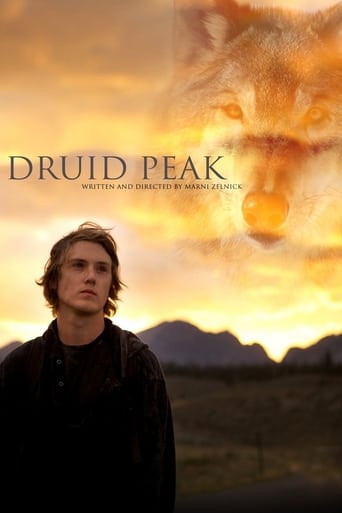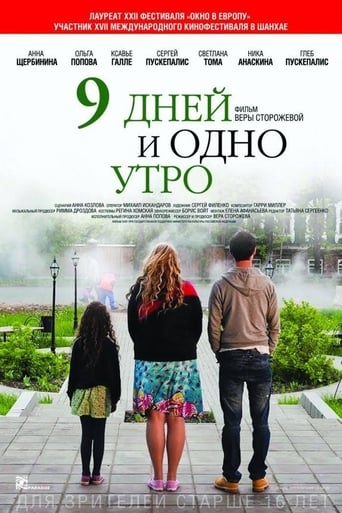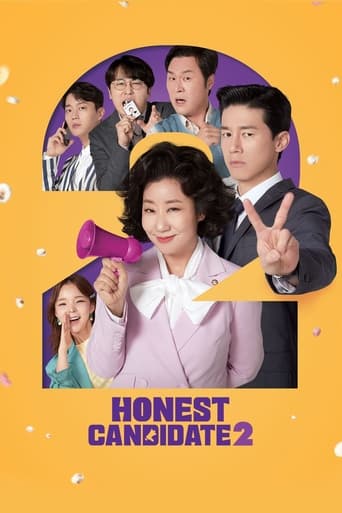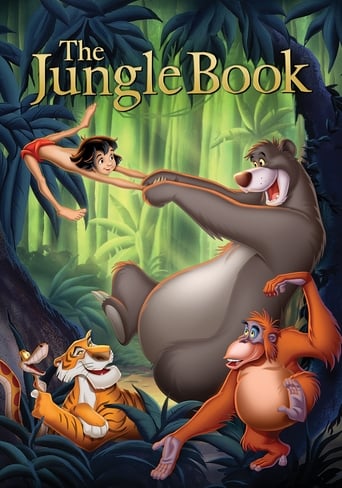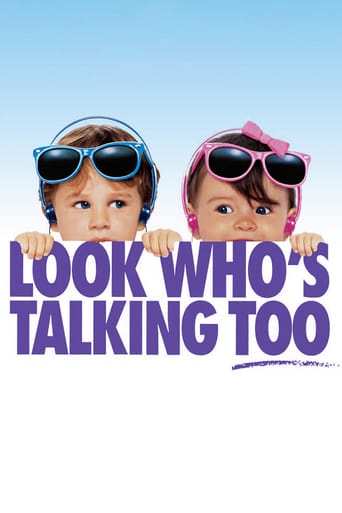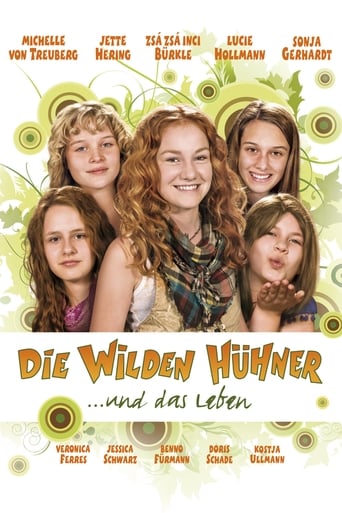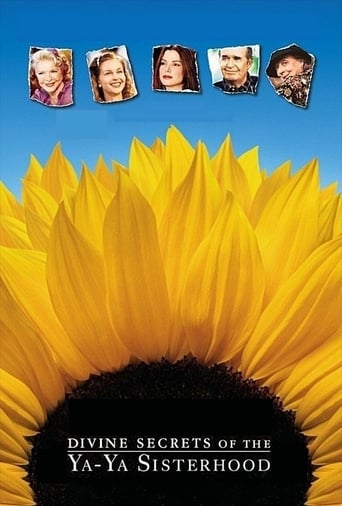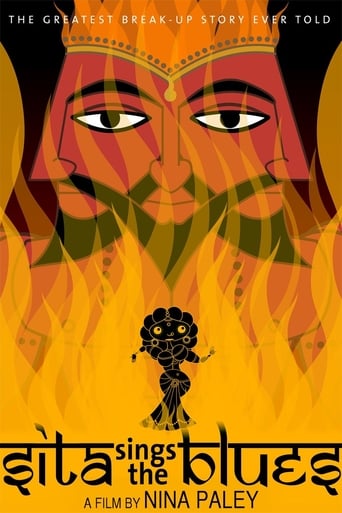
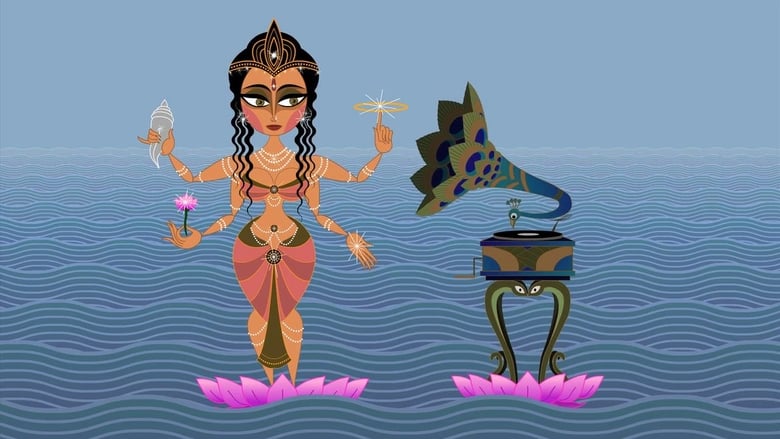
Sita Sings the Blues (2008)
Utilizing the 1920s jazz vocals of Annette Hanshaw, the epic Indian tale of exiled prince Ramayana and his bride Sita is mirrored by a spurned woman's contemporary personal life, and light-hearted but knowledgeable discussion of historical background by a trio of Indian shadow puppets.
Watch Trailer
Cast
Similar titles
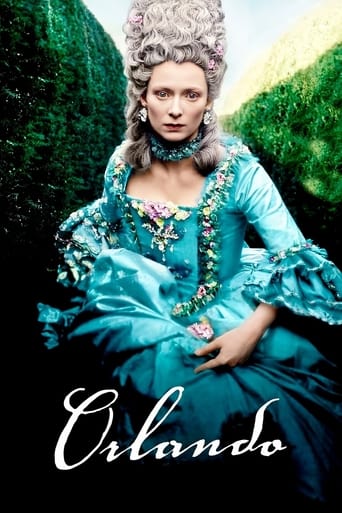
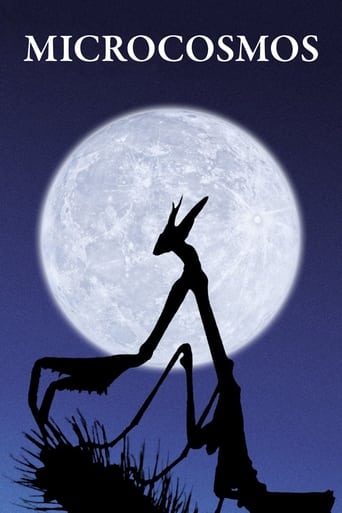

Reviews
Please don't spend money on this.
It is not only a funny movie, but it allows a great amount of joy for anyone who watches it.
The film may be flawed, but its message is not.
Story: It's very simple but honestly that is fine.
. . . . . . were actually pretty good. The rest, kind of a jumbled mess of story telling and different styles for no reason. The flash style Paley uses in the beginning is quite beautiful but ends far too soon. It would have made a great short. Which in reality is what this is. What follows is a jumbled mess of cartoon , cutout and substandard TV flash set to inappropriate 30's music. This is offset by the fact one person did the entire thing I know but films are not judged by the effort, they are judged by the result. The talent is there but the arrogant belief that talent or design can overcome the missing story is too. I am glad the cat and Sita in the end.
Now trust me this movie is one of the greatest movie ever made till date. Amazing style with all that background music and animation. I hated this film but i can't forget its awesomeness.Now the time of insight. This film is a boundary or i should 'no men's land' between un-trust and over-trust. Now 'no men's land' is not defined by anyone and it can have ANY characteristic as we have seen on our earth in various wars because this region is governed by no-one. In similar ways, this film has a characteristic of MOCKING. Laughing on someone is different then mocking someone. A lot of people who knows about Sita will protest for such a film at the same time they are dubious about Sita's authenticity and also at the same time they will worship Sita with their usual rituals. But the point that i find about movie is that the moment it starts mocking a lot of things it looses. Seriousness is crucial for development, even the seriousness in fun but mocking is anti-seriousness.Now anyone who can penetrate India (Bharat) will get enough proof that indeed Ramayan and Sita were real, just like the proof they have that they are breathing oxygen yet unseen by their eyes. At the same time their are folks who call all this epic saga of RAmayan just a work of fiction to preach people at most or to establish themselves. But the moment the movie Sita sings the blues got its way through mocking it lost something that is so important yet very difficult to gain. Sita sings the blues could have been made as a non mocking movie but its not that way and therefore its shamelessness is at peak. Anyone who doesn't understand Ram or Sita will sure enjoy this movie. Anyone who doesn't understand Ramayan will sure hate this movie just to defend their pride.In all such attempts are the examples of freedom of thoughts and speech and at the same time the freedom to be ignorant, careless, money-minded and innocent fools to loose something. I wonder if they have given this same amount of efforts in understanding Ram and Sita they would have got a 100 times more. But God has granted us freedom to do anything and the result is pretty clear in this movie.
Sita Sings the Blues is an exercise not only in art and animation, but also in storytelling. Rather than try to take the best or most important parts of the "Ramayana" and put it all together in a linear story, Nina Paley's inventively animated piece chooses to layer all viewpoints together, giving each world ample time to present their version of events. First is the scholarly approach, wherein the story's finer details and plot elements are scrutinized by a witty cast of silhouette-like beings, with Terry Gilliam-style amalgamations of photograph and illustration acting out their words. After those segments, two different illustrated worlds are presented: the fairytale, rendered through stiff Mughal-era prints hopping stiffly through static backdrops, and a goofy cartoon musical, which brings to mind the animation of the Fleischer Brothers (Sita's saucer eyes, exaggerated curves and musical bent are reminiscent of Betty Boop), the Beatles' "Yellow Submarine" and Richard Williams. Finally, there is the story of the filmmaker, Nina Paley, presented in a drab but charming scribbled newspaper comic style. The movie's structure plays fast and loose with all these styles, and somehow keeps continuity while deviating constantly, such as with the fever-dream imagery in the opening and middle of the film. Annette Hanshaw's blues catalog, which makes up most of the movie soundtrack, compliments the surreal animation much better than one would think, and the pathos of Sita's story comes through loud and clear with Hanshaw's recording of love-and-loss blues standards, which the animation both compliments and contrasts brilliantly. Each song is allowed to play until the last note in every musical sequence, which means that her tuneful voice can be heard saying "That's all!" just as the cartoon cuts off. Such a simple phrase provides an interesting contrast to a strangely contrived, often surreal adaptation of an epic poem that is so dense, even the paper cutout shadows that serve as narrators can't come to an agreement about what really happened. "That's all!" serves as a wry summation of the epic themes of the poem, which are both taken for granted ("Do not challenge the stories!" one narrator says, before later turning skeptical himself) and scrutinized by the film, through the framing devices of Paley's experiences, and the comical, cartoonish tone. Mainly, the film examines the supposed perfection of Rama and Sita's unconditional love, which, in the epic, is presented as pure and perfect, akin with devotion to a god (Sita, while a captive of Ravana, prays for her husband, an avatar of Vishnu, every day unceasingly). While the film doesn't completely reject this notion, the musical segments highlight Sita's emotional suffering, with the songs themselves having a running theme of being hopelessly in love, no matter how badly her lover treats her, making Rama's later treatment of Sita come off as abusive and cruel. This is a divisive interpretation of the story, since the filmmaker deliberately makes parallels between Sita's suffering and her own relationship with her all-too-mortal disinterested husband, and is openly critical of the idea of Rama being the "ideal man." Sita's damsel-in-distress role is given agency through singing the blues, even though she is often robbed of agency in her story, being kidnapped by Ravana mainly to insult her husband by stealing his "property." Likewise, the rather abrupt conclusion to such a rambling film, could be interpreted as a feminist reading of the tale, with Sita returning to the womb of Mother Earth, ending the turbulent love affair after years of patience and fidelity. With the way Paley parallels Rama and Sita's relationship to her own rejection by her ex-husband, and her eventual growth and transformation out of grief, it doesn't seem too far-fetched that she thought this was a happier ending for Sita than being an exiled queen. This reclaiming of power is emphasized through a piece of animation at the end, which shows Vishnu (Rama) now kneeling and massaging Lakshmi (Sita)'s feet, where before the roles were reversed. Obviously, I found this film very evocative, thought-provoking and, if unusual, than at least able to hold my attention. For art lovers, academics or just people who like experimental cinema, this film would be a "Yes" for me, but anyone who has limited patience for older styles of music, repetitive story techniques and languid pacing might have a low tolerance for this particular kind of art.
It is a pity really. This is one of the most Indian movies I have seen and it is not even known anywhere in India. Not that Indians will appreciate it. If they try to release it in India, our censor board will refuse to give a certificate as it will hurt religious sentiments. And even if it is passed by the censors, there would be riots as the movie would be deemed offensive.Sita Sings the Blues is one of the most clever movies I have seen. On a very limited budget, Nina Paley has made an engaging story with just flash and 2D graphics. Sita Sings the Blues juxtaposes the epic story of hindu goddess Sita with that of the director herself. It is quite feminist in outlook. While I have read feminist outlook of Sita before in for a short story, this was quite an amazing experience. Their is humor and quick wit and camaraderie. Instead of feeling like a scripted movie, it feels like a informal chat between friends.And as I mentioned before, this movie felt more Indian to me than any other movie I have seen. That is why I was so surprised to find out that Nina Paley is American. I am in awe of her.


